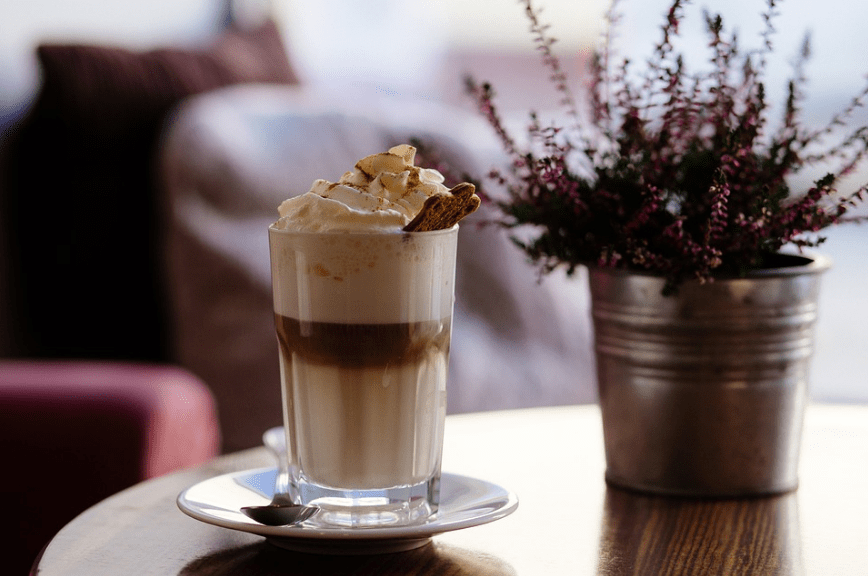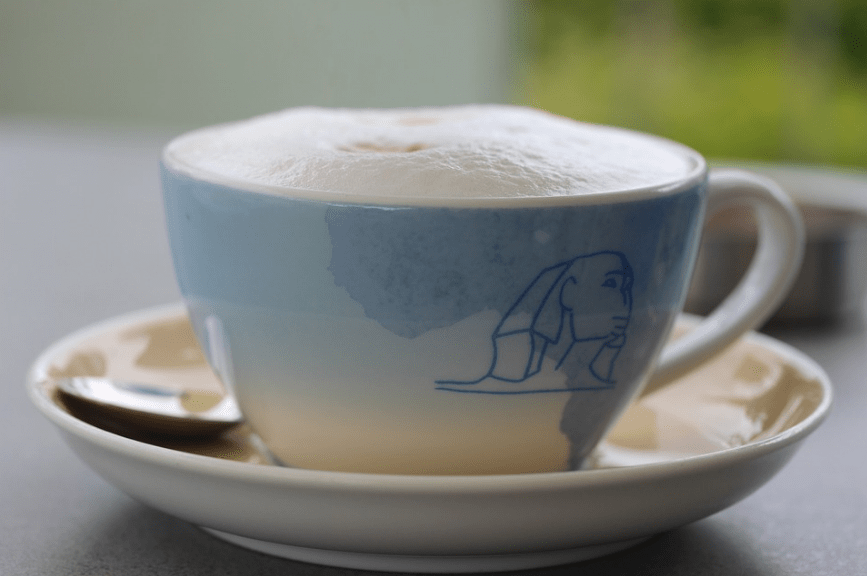Heads up, coffee lovers! You know well what kind of coffee stimulates you and makes you wide awake and energetic for the entire day despite piles of things to do.
A delicious latte, or a cappuccino, and other espresso drinks are standout among other drinks because of the quality of milk froth that we put into it. Textured milk gives the best feeling when we sip our cappuccinos, lattes, and flat whites. Without that foamy milk, we wouldn’t get that smooth mouthfeel that we enjoy.
We would then ask, “why do we have to froth milk for our coffee when you can simply pour it directly?” When we froth milk using a milk frother, it will have thick and heavy foam due to the tiny bubbles formed during the process. These very tiny bubbles make the milk texture lighter and increase its volume. Not only is there a physical change in the milk but also a chemical change when we foam it.
Steaming or foaming the milk is as important as grinding and tamping your coffee correctly. Understanding the chemistry around steaming and frothing milk may help you make the best-tasting espresso drinks that you’ve been looking for.
The Science Behind Frothing
Three solid components are suspended in milk that directly impact its flavor and texture—whether cold, hot, or frothed: Lactose (or milk sugar), fat, and protein.
Lactose is a sugar composed of galactose and glucose subunits. Lactose is about 2–8% of milk. It is less soluble at cooler temperatures which makes milk is relatively unsweet when it’s cold. However, when the milk is heated, lactose can dissolve quickly, giving it a sweeter taste.
Two percent (2%) contains 2% fat, whole milk contains 4% fat milk, and skim milk contains no fat. Milk containing more fat has a richer and creamier taste as the percentage of fat impacts the volume and stability of milk when it’s frothed.
A frothed whole milk is more stable than skim milk, but it will be less voluminous. But not the same with skim milk. If you froth skim milk, it will be thinner, less stable but with greater volume. To balance, you can use milk of more than 5% fat to create a froth that is both thick, stable, and voluminous.
The protein found in milk is from whey and casein, which both help produce the froth. The froth’s structure is also dependent on the structures of these proteins. They work differently but react the same when heated and are stable at about 140 degrees. Beyond that, they become susceptible to denaturing that changes the texture and shape of the froth.
TIPS FOR FROTHING MILK
There are different techniques to froth milk that you can explore whether you are an aspiring barista or an avid coffee drinker. For beginners, start with a 12 oz pitcher (about 350 ml) as it has enough volume to do milk for a larger latte, and it’s easy to handle. Use cold milk if possible as it takes air better, giving you more time to work it.
Check your machine. Check and ensure that your steaming machine is up to steam temperature. Single boiler machines usually take a minute to get there after flipping the steam switch.
Purge and Wipe. Other best practices include purging and wiping. Purge your wand well before steaming to make it dry in the steaming circuit to avoid extra water in your milk. After frothing, wipe your wand with a towel before the milk has a chance to bake on—repeat purging.
The final purge is very important. Once you’re done steaming, the tip is still in the milk. The wand cools quickly, and milk is drawn up into the wand, but that final purge gets the milk out. There were instances when people didn’t purge properly, and milk can get back to the boiler, which will be a stinky mess. So always purge after steaming.
Check the Temperature
Milk is sweetest at temperatures 135-150°F or from 57-66°C. The hotter the temperature becomes; the milk loses its sweetness. However, its apparent sweetness can increase, but only to a point.
You can use a frothing thermometer to be more accurate with the milk’s temperature. When using a thermometer, be mindful of lag. There will be a rise in the temperature after you turn off the steam. It reaches as much as 10°F or 5°C, so cut the steam before seeing your desired temperature on the thermometer.
Milk Type
You can practice frothing until you perfect it. Try both dairy and non-dairy milk types and rate them based on frothing, pouring, and taste tests.
Here are some notable results:
Whole fat dairy milk – scored 5/5 in frothing, pouring, and taste for 15 points total. Lactaid milk scored 14/15 points, slightly edging out two percent milk, which had a score of 13/15.
Almond milk scored 8/15, although it’s one of the standard milk alternatives in coffee shops. It is slightly edging out another popular milk alternative- soy milk scored 7/15 points. The winner among the non-dairy milk was macadamia milk with 11/15 points.
Now that you know the importance and the health benefits of frothing milk before adding it to your coffee, it’s time to look for the best milk frother to add to your best coffee accessories!



